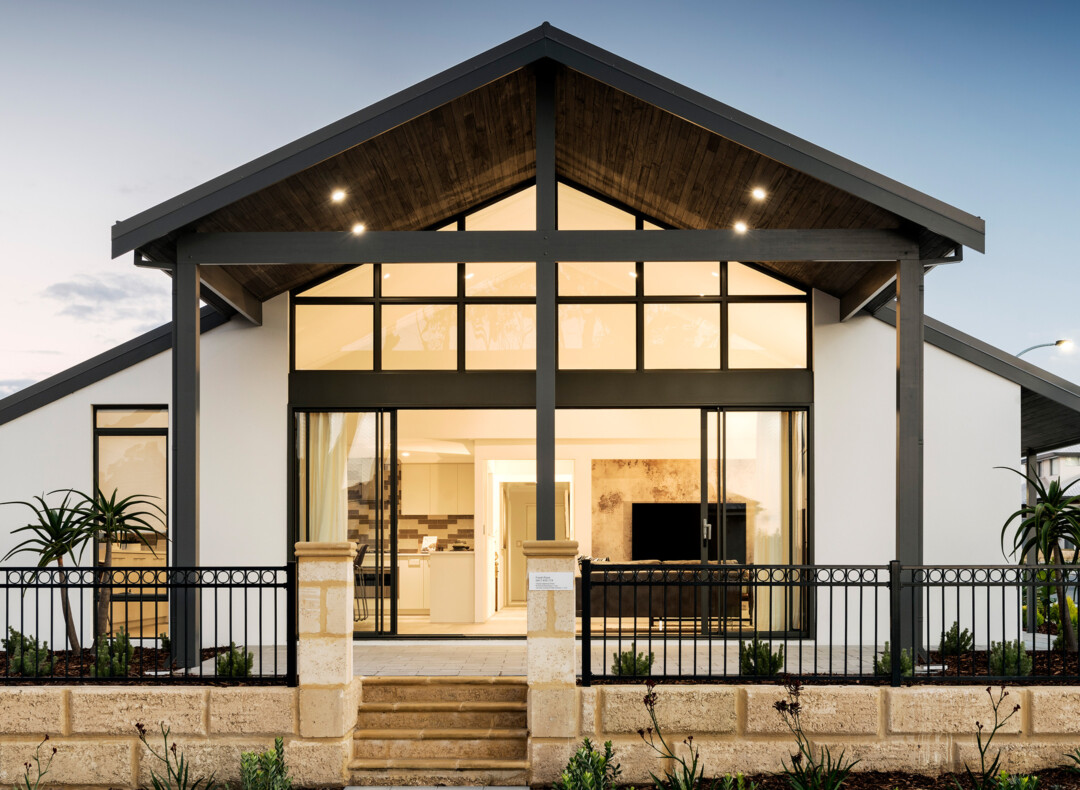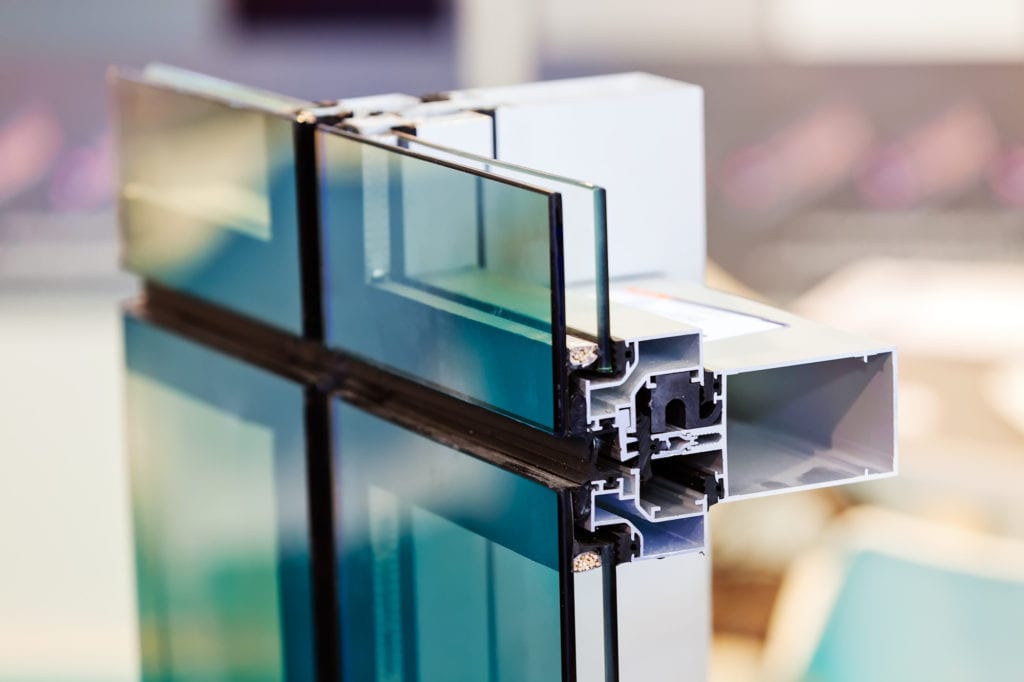All Categories
Featured
Table of Contents
Sustainability in Como Western Australia
That window can transfer more solar heat in winter season than in summer. A west-facing window on a summer's afternoon has an angle of occurrence from near 0 approximately 30 with a big reliable area of solar radiation. A north-facing window, in summer season, has a high angle of incidence and a low efficient location of solar radiation, so can send less heat than a west-facing one.

You can rapidly and easily improve the thermal efficiency of your home by changing your windows. This is one of the most efficient methods of renovation to achieve improved thermal comfort. There are thousands of types of glass and frames to pick from. Choosing the right ones is important to improving the energy efficiency of your house.
How Does Double Glazing Keep Heat Out? in Carlisle Western Australia
There are various kinds of glass items to pick from. Single glazing utilizes a single pane of glass. Single glazing with clear glass is not extremely effective when it comes to heat loss or gain. To improve efficiency, you can use single glazing with a more energy-efficient kind of glass such as low emissivity (low-e) glass.
Multiple layers can be put together with sealed cavities in between each sheet of glass. IGUs typically offer much better energy performance than single glazing, due to the fact that they send less energy. The energy performance of IGUs likewise depends on: the properties of each layer of glass. Various glass types (for example, clear and low-e glass) can be put together in an IGU.
Double Glazed Windows Sydney & Replacement Windows in Joondanna Western Australia

IGU cavities can be filled with air or a more inert, low-conductivity gas such as argon the width of the cavity. Cavity thickness is usually 6 to 18mm. Broader cavities provide lower (better) U values, with 12mm normally accepted as the preferred gap how well the cavity is sealed. Cavities should be dry and well sealed to prevent moisture getting in.
If argon is set up to the cavity in place of air, wetness is dependably left out the level of desiccant (drying representative). The spacer (metal or polymer strip) that separates the glass layers consists of a desiccant to absorb any moisture. Insufficient desiccant may trigger wetness to condense on the glass surface in cold conditions, decreasing thermal efficiency.
Glazing And Glass Options - Smarter Homes in Ashfield Perth
In fact, IGUs can provide much better energy efficiency for all environments, particularly in heated and air-conditioned houses. Cross-section information of single, double and triple-glazing systems Low emissivity glass (commonly called low-e glass) minimizes heat transfer. Low-e glass might be either high or low transmission: High transmission low-e glass has a coating that permits daytime from the sun to pass into your house to accomplish great solar heat gain, however decreases the quantity of the long wavelength infrared heat that can get away back through the window.
Low-e glass has either a pyrolytic finish or a vacuum-deposited thin film metal finishing. Pyrolytic coatings are long lasting and can be used for any glazing; vacuum-deposited coverings are soft and are just used within IGUs. Low-e finishes can significantly improve both U worth and SHGC; nevertheless, they must be used correctly or they will either weaken or stop working to carry out as needed.
The Surprising Benefits Of Double Glazing In The Summer ... in Mindarie Western Australia
Low-e coverings can be used in mix with clear, toned or reflective glass. Low-e finishings on glazing can reduce heat transfer where required Picture: Department of Market, Science, Energy and Resources Toned glass has actually colouring ingredients consisted of during manufacture. It is available in various colours, usually bronze, grey, blue and green.
Table of Contents
Latest Posts
Benefits Of Having Double Glazing Windows In The Summer in Westfield Western Australia
Does Double Glazing Have A Vacuum? in Greenmount WA
The Science Behind Double Glazed Windows in Kenwick Perth
More
Latest Posts
Benefits Of Having Double Glazing Windows In The Summer in Westfield Western Australia
Does Double Glazing Have A Vacuum? in Greenmount WA
The Science Behind Double Glazed Windows in Kenwick Perth